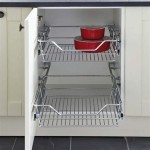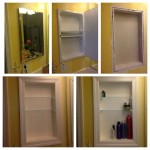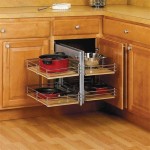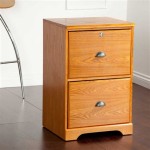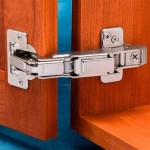Where Should a Cabinet Knob Be Placed?
Cabinet knobs, seemingly insignificant details, play a crucial role in both the functionality and aesthetics of cabinetry. Proper placement ensures comfortable access, prevents undue stress on the cabinet structure, and contributes to the overall visual harmony of the kitchen or bathroom. Understanding the factors influencing knob placement allows for informed decisions that optimize both usability and design.
One of the primary considerations for knob placement is the style of the cabinet door. For standard framed cabinets, the most common placement is in the corner opposite the hinges. This placement maximizes leverage for opening and reduces strain on the door frame. The specific corner chosen often depends on the user's dominant hand and the swing direction of the door. For left-handed individuals and doors hinged on the right, the knob is typically placed in the upper left corner. Conversely, for right-handed individuals and doors hinged on the right, the lower left corner is preferred.
Frameless cabinets, also known as European-style cabinets, present a slightly different scenario. Due to the absence of a face frame, knob placement options are more flexible. Knobs can be positioned vertically centered and horizontally offset from the edge of the door, usually 2 to 3 inches. This placement offers a clean, modern aesthetic. Alternatively, knobs can be placed similarly to framed cabinets, in one of the corners, providing a more traditional look.
Drawer knob placement prioritizes balanced opening and visual symmetry. For drawers less than 30 inches wide, a single knob placed in the center is generally sufficient. Wider drawers, however, may benefit from two knobs, placed equidistant from the center and the drawer edges. This distributes the pulling force evenly, preventing twisting or binding of the drawer during operation. The vertical positioning of drawer knobs is typically centered, aligning with the overall design aesthetic.
Ergonomics plays a significant role in determining optimal knob placement. Knobs should be positioned within a comfortable reach for all potential users, considering factors such as height and mobility. For base cabinets, knobs are typically placed 3 to 6 inches from the top edge of the door. For upper cabinets, placement is generally 2 to 3 inches from the bottom edge. These guidelines ensure convenient access without requiring excessive reaching or stooping.
Visual balance and aesthetic considerations also influence knob placement. The chosen hardware should complement the overall style of the cabinetry and the surrounding décor. For a symmetrical look, consistent placement across all cabinets and drawers is essential. This creates a sense of order and harmony within the space. However, some designs may incorporate variations in knob placement to highlight specific features or create a more eclectic aesthetic.
The size and shape of the knob itself can also impact placement. Larger knobs may require greater spacing from the edges of doors and drawers to prevent overlap and maintain visual balance. Similarly, uniquely shaped knobs may necessitate adjustments in placement to accommodate their specific dimensions and ensure comfortable grip.
Beyond the standard guidelines, certain specific cabinet types warrant special consideration. Tall pantry cabinets often benefit from two knobs, one placed near the top and another near the bottom, facilitating access to both upper and lower shelves. Similarly, appliance garages or cabinets with pull-out shelves may require specialized hardware and placement considerations to accommodate the specific functionality of these units.
When retrofitting existing cabinets with new hardware, existing holes may dictate knob placement. If new holes are required, careful measurement and planning are essential to avoid interfering with the cabinet structure or creating unsightly misalignments. Utilizing a template can ensure accurate and consistent placement across multiple cabinets.
Ultimately, determining the ideal placement for cabinet knobs involves a careful balance of functionality, ergonomics, and aesthetics. While adhering to established guidelines provides a solid foundation, considering the specific characteristics of the cabinetry, the needs of the users, and the overall design vision will ensure a result that is both practical and visually appealing.
Testing and adjusting knob placement before drilling permanent holes can be highly beneficial. Temporary placement using painter's tape or removable adhesive allows users to assess the comfort and functionality of different positions before making a final commitment. This simple step can prevent costly mistakes and ensure long-term satisfaction with the chosen hardware placement.

Where To Place Cabinet Hardware Emtek

How To Place Cabinet Knobs Pulls

Cabinet Hardware Placement Guide

Cabinet Door Hardware Placement Guidelines Taylorcraft Company

Cabinet Hardware Placement Guide

How To Place Cabinet Knobs Pulls

50 Luxury Cabinet Door Knob Placement Hardware Classic Inset Cabinetry

Cabinet Hardware Placement Guide

Learn How To Place Kitchen Cabinet Knobs And Pulls Cliqstudios
Cabinet Hardware Placement Where To Put Knobs And Handles Vevano
Related Posts

